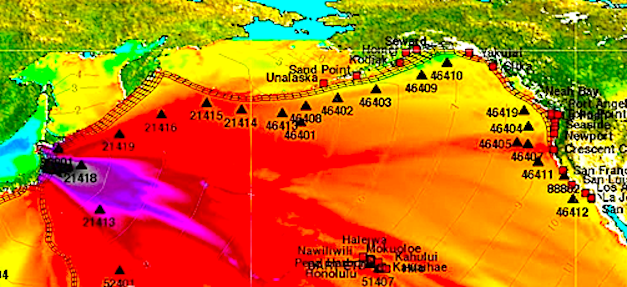ABOUT US
Fluoridation Queensland – A Non Profile Organization for BUILDING A BETTER WORLD
Our goal is to help professionals and the public to keep up with the most recent findings on fluorides as well as some previous science that has been overlooked or has been classified.
SECURE
256-bit SSL Encryption
GeoTrust Secure
$10,000 Warranty
Data Protection
RECENT POSTS
- The Real Anthony Fauci ..
- The Real Anthony Fauci by Robert F. Kennedy Jr.
- FLUORIDATION – AUSTRALIA – LIST BY STATE
- OCEANS AND ATMOSPHERE – CSIRO (Original)
- Osaka Japan – Sars – & Covid-19 – cure – [new research]
- MAJOR LINKS TO FLUORIDE PAPERS
- Guidelines for Use of Fluorides in Australia 2019 +
- 50 Tons of Cures for Coronavirus – China – Vitamin C




